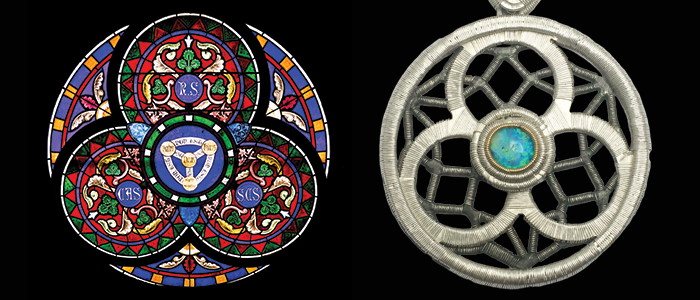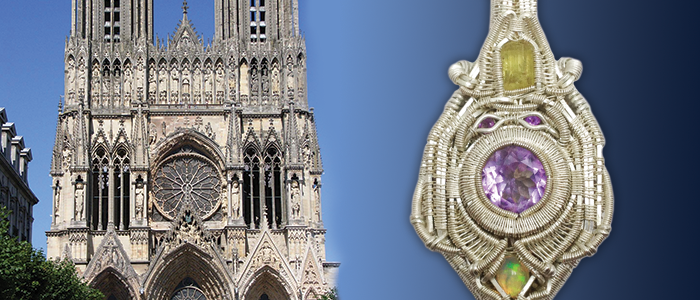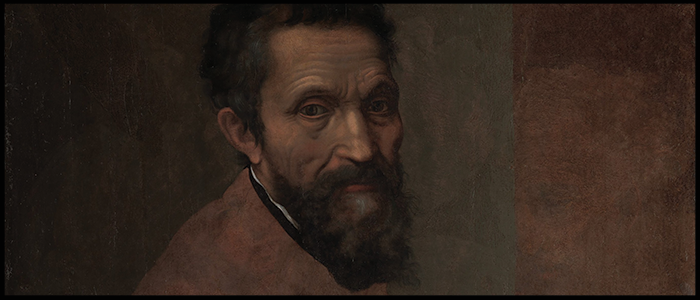
“The greater danger for most of us lies not in setting our aim too high and falling short; but in setting our aim too low, and achieving our mark.” ~Michelangelo
Michelangelo di Lodovico Buonarroti Simoni was born on March 6th, 1475 as the son of a judicial administrator in Caprese, Tuscany. His family moved to Florence just a few months after his birth. His mother became ill when he was just six years old. Consequently he went to live with a wet nurse and her husband, who happened to be a stonecutter. According to Michelangelo this is where he acquired his skill.
“Along with the milk of my nurse I received the knack of handling chisel and hammer”
Later in life, after his apprenticeship as a teen, it seems like nothing could stop him from rising quickly to the heights of accomplishment. A Cardinal commissioned him at the age of 23 to carve the famous “Pieta”, and he completed the “David” (one of the most famous statues in the world) before age 30.
The Life’s Work of Michelangelo
In 1505, he was invited by Pope Julius II to Rome. The Pope wanted Michelangelo to design and create his tomb. This project was to become the artist’s magnum opus. It was a manifestation of his unbridled ambition, and he would continue work on the project throughout his life.
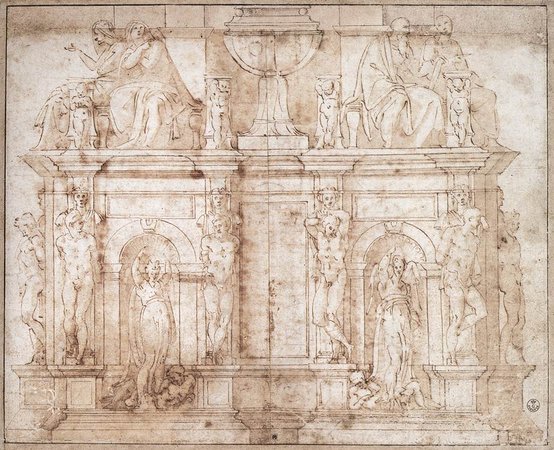
The tomb was to include over forty statues and be finished in just five years of concentrated effort. However, the Pope provided constant interruptions for the sculptor. As a result the project was drawn out over a forty year period in which Michelangelo was never satisfied enough to call it done. One such interruption was the ceiling of the Sistine Chapel, a monumental creation which only took four years to complete.
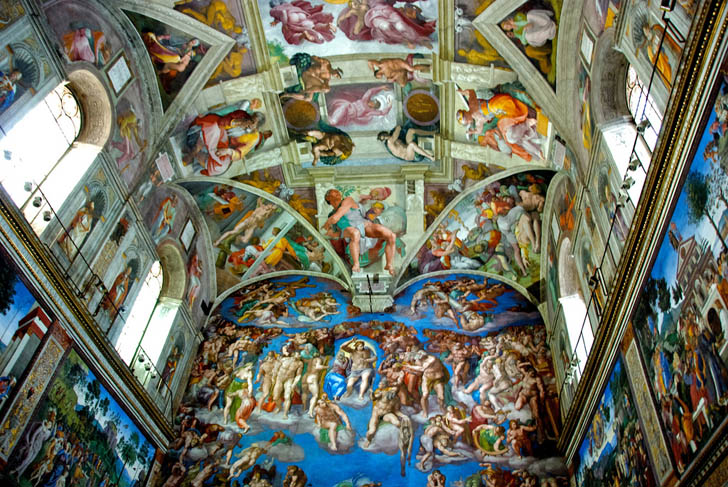
This wasn’t even something the artist wanted to do, because he considered himself a sculptor, not a painter. Pretty good for an annoying little side project.
Those who knew him described Michelangelo as someone who was absorbed in his work and not attracted to the comforts of the world. One associate said that he ate “more out of necessity than of pleasure”. He also “withdrew himself from the company of men” which is according to some a common indicator of genius.
Michelangelo died at the age of 88. He outlived Leonardo Da Vinci and Raphael by forty years. Some might say he also accomplished much more, having a biography written within his own lifetime. He produced great works of sculpture, fresco, architecture and poetry, and each one of them could have served as the life’s work of any ordinary man.
“But the task of the artist is not to be ordinary. It is to be extraordinary.”
And this is something that requires great ambition.
To learn more about the life and work of Michelangelo, follow these links:
Brilliant high quality images: ARTSY – Michelangelo Buonarroti
The in depth story: Biography
Thank You
In conclusion to this series about my creative influences, I have to thank you for taking the time to enjoy these articles. I hope this has provided you with a more complete picture of who I am and what drives me to create. Writing these articles has been a journey of discovery in itself. What I’d like to discover now is what you think. What inspires you? What gives you a sense of awe?
Leave a comment below to join the conversation.
